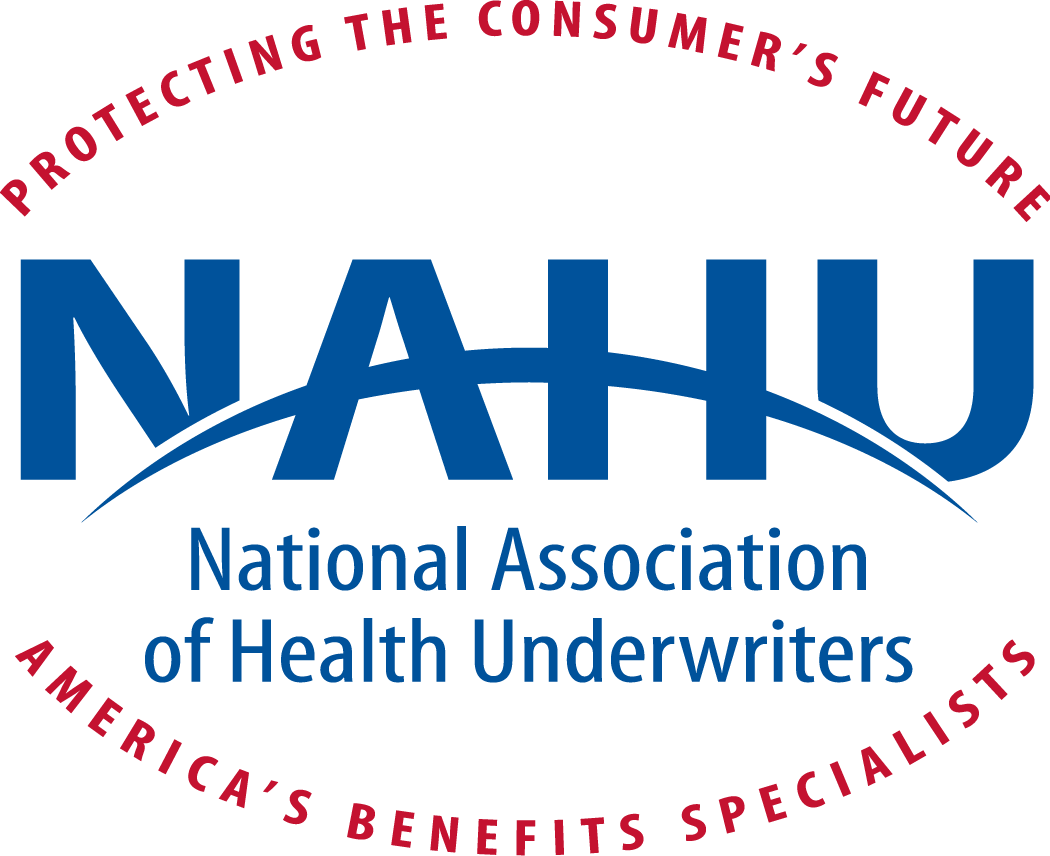When it comes to payroll mishaps, there’s a lot at stake. Costly fines, penalties, and litigation can do serious damage to your company.
Even if your payroll mistake is accidental and relatively small, it can quickly balloon into a large financial burden. One company’s $608 overtime mistake ended up costing them nearly $45,000 when it was all said and done.
And if that’s not enough to worry about, payroll mistakes can also lead to unhappy employees, low workplace morale, class action lawsuits, and negative press. All of which are bad for business.
Where are businesses going wrong?
Payroll can be a nuanced and complicated processes, changing with every new law, regulation, and employee that comes along. If you’re not on top of it constantly, things can go bad quickly.
Here are some common payroll mistakes companies make:
- Misclassifying employees
- Using inaccurate time tracking methods
- Keeping poor records
- Missing deadlines
- Being uniformed
Often, the problem is as simple as poor communication. Deadlines get missed. Hours are worked but not reported. Employees and managers have different expectations about what is and isn’t acceptable.
It’s all about the details
Even employees with the best intentions can put their employers at risk. Motivated staff may actually want to skip breaks and/or put in extra hours without expectations of pay. But even if these employees don’t expect to get paid for those extra hours, employers are still on the hook for following and enforcing all wage and hour laws.
Some companies will take advantage of employees like this by looking the other way and hoping they don’t get caught, but many companies are truly unaware that their employees are working off hours.
Technology plays a role here as well. Cell phones, laptops, and remote work options make it very easy for employees to log additional time off the clock without anyone knowing. Often, these employees themselves don’t realize they are doing anything wrong. But small overtime mistakes can add up to big trouble.
Keys to effective overtime management
1. Make compliance a priority
It all starts with knowing your responsibilities as an employer— and staying in compliance. Unfortunately, this isn’t something you can do one time and trust that it will take you into the future. Compliance is an ongoing process that requires constant attention.
2. Invest in your HR and payroll systems
If your payroll person is also your HR person, your accountant, and your receptionist, you’re just asking for a wage and hour violation. Invest in strengthening your internal HR team or consider partnering with an outside payroll company to help. Whoever is in charge of these things needs to have the bandwidth, knowledge, and experience to get them done correctly.
3. Classify employees correctly
Misclassification of employees is one of the most common causes of labor lawsuits. Pay close attention to the rules for classifying contractors, exempt, and non-exempt employees— and follow them to the letter. If you’re feeling uncertain, this is another area you can ask a payroll expert for help.
4. Communicate with your team
You’ve gone through the trouble to learn the ins and outs of wage and hour law, but do your employees know what they need to do? Spell out the details of what is and isn’t acceptable when it comes to overtime and hours worked and let them know what will happen if they don’t follow the rules.
5. Keep accurate time
If your time tracking system isn’t accurate, your payroll system won’t be either. It’s as simple as that. Find a system that is consistent, precise, secure, and easy to use. Then, make sure you get your money’s worth by clearly explaining how it works and requiring everyone to use it.
Play it safe
Effectively managing overtime will help protect your company from payroll and compliance violations, wage and hour fines, and class action lawsuits. This alone should be more than enough motivation to keep you on the right side of wage and hour compliance, but it doesn’t end there.
Avoiding payroll mistakes will save you time, money, and headaches. It will also keep your employees happier— which means they’ll keep clocking in for years to come.
Content provided by Q4iNetwork and partners
Photo by ViDi Studio
![]()









